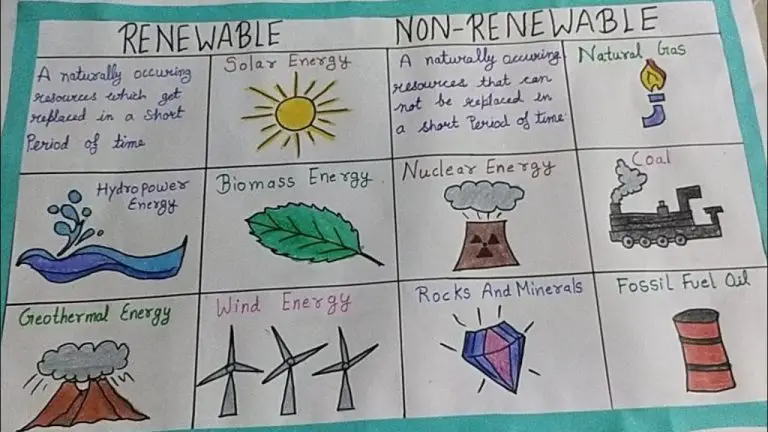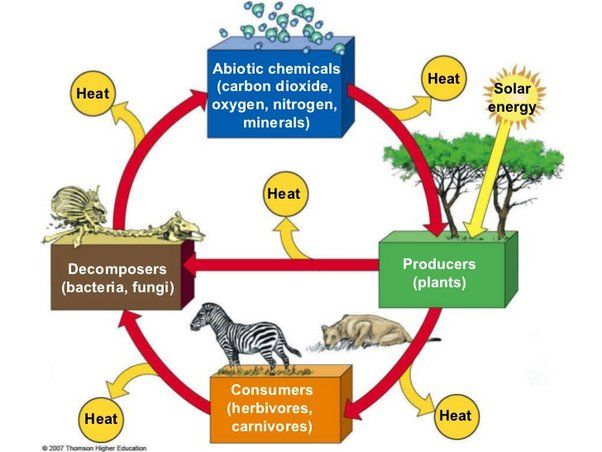What Percent Of China’S Energy Is Renewable?
China has made renewable energy a strategic priority as it aims to transition away from fossil fuels and towards a more sustainable energy mix. Though coal still dominates, China’s investments in renewable energy, especially wind and solar, have enabled renewable energy to grow substantially as a percentage of total energy production over the past decade. Most analysis shows renewables accounting for around 11-12% of China’s total energy consumption as of 2020. With strong government support through initiatives like the Renewable Portfolio Standard and continued heavy investment, China’s renewable energy percentage is expected to reach 20% by 2030.
Current Percentage of Renewables
According to data from National Bureau of Statistics (NBS), renewable sources accounted for 50.9% of China’s total installed electricity capacity by the end of 2022. This represents a significant growth, as renewables made up just 27% of capacity in 2015.
Within renewable sources, hydropower is currently the largest contributor at 28% of total capacity. Wind power makes up 10% of capacity, with solar at 6%. Other renewables like biomass and geothermal make up the remainder.
This milestone of over 50% renewable capacity highlights China’s rapid transition toward non-fossil fuel sources of electricity generation in recent years.
Growth of Renewables Over Time
China’s renewable energy capacity has grown rapidly over the past decade. According to Wikipedia [1], total installed renewable energy capacity increased from 226 GW in 2008 to 980 GW by 2021. This represents an average annual growth rate of over 15%.
The most significant growth has been in solar PV and wind power. Solar PV capacity went from just 0.15 GW in 2008 to over 300 GW by 2021. Wind power also saw exponential growth, going from 12 GW in 2008 to over 300 GW in 2021. Hydropower capacity, which was already substantial, grew from around 170 GW in 2008 to over 370 GW by 2021.
Other renewable sources like bioenergy and geothermal have also expanded, but from a smaller base. For instance, geothermal capacity went from around 1 GW in 2008 to only 4 GW in 2021. Nonetheless, the rapid scale-up of solar and wind has allowed China’s total renewable energy capacity to grow over 5 times in just over a decade.
Breakdown by Source
China gets the majority of its renewable energy from hydropower, though solar and wind are becoming larger contributors. According to Wikipedia, as of early 2020, hydropower accounted for 28% of China’s total installed power capacity, followed by wind power at 9%, and solar power at 3% [1]. In 2021, hydropower made up about 16% of China’s total electricity generation, while wind power was about 6%, and solar power around 4%, according to Reuters [2].
While hydropower has long dominated China’s renewables, wind and solar are seeing rapid growth. According to Yale Environment 360, non-hydropower renewables like wind and solar have jumped from 42 gigawatts in 2015 to 534 gigawatts by 2021 [3]. The Chinese government has invested heavily in wind and solar to continue diversifying its renewable energy portfolio.
Government Policy
The Chinese government has set ambitious goals for renewable energy development through its Five-Year Plans. The 14th Five-Year Plan (2021-2025) aims for non-fossil fuels to account for 25% of total energy consumption by 2030, up from 16% in 2020 [1]. This would require installed capacity of wind and solar to reach over 1,200 GW by 2030, more than double 2020 levels [2].
The 14th Five-Year Plan for Renewable Energy Development specifically sets a target for non-fossil fuels to account for 50% of incremental energy consumption from 2021-2025 [3]. This continues China’s push to reduce reliance on coal and transition towards renewable sources like wind, solar, hydro and nuclear power.
Challenges & Critiques
China faces several key challenges in further expanding its renewable energy capacity. One major issue is the mismatch between the locations of renewable resources and load centers. Much of China’s wind and solar potential is located in remote, inland regions far from the coastal population hubs [1]. Massive investments in transmission infrastructure are needed to bring renewable power to where it is needed [2].
The variability of wind and solar power also poses grid integration and stability challenges. Flexibility from dispatchable sources like hydro or gas is needed to balance supply and demand. Curtailment levels can be high during periods of oversupply [3]. Energy storage systems are viewed as crucial but remain expensive.
While costs have fallen dramatically, solar and wind still require subsidies and favorable policies to compete with coal power. The need for subsidies strains government budgets. There are also concerns that grid companies favor dispatch from coal plants they own over buying renewable power [2].
Future Outlook
China aims to continue expanding its renewable energy capacity in the coming years. The country has set ambitious targets as part of its 14th Five-Year Plan for 2021-2025. This includes increasing total wind and solar capacity to over 1,200 GW by 2030, up from about 400 GW in 2020. To reach these goals, China expects to invest $4.4 trillion in renewable power generation over the next decade.
By 2030, China wants renewables to account for 25% of total energy consumption, up from 15.9% in 2020. The largest growth is expected in wind and solar, with targets to expand wind capacity to 420 GW and solar to 690 GW by 2030. China also aims to increase hydropower capacity to 380 GW.
Reaching these targets will require overcoming some key challenges around grid integration, transmission, and energy storage. However, China has demonstrated strong policy support and manufacturing capacity that could enable it to lead globally in renewable energy expansion in the coming decade.
Comparisons
When compared to other major countries, China’s renewable energy growth stands out. According to the Reuters article, China accounted for about 40% of global renewable energy capacity growth in 2022, making it the top country for adding new wind and solar power.
However, in terms of overall percentage of electricity from renewables, China still lags behind leading countries. For example, Iceland generates nearly 100% of its electricity from renewables, Sweden generates over 60%, and New Zealand generates about 80%, according to Wikipedia. In comparison, China’s percentage is much lower.
China also trails its own goals and targets for renewable energy. The country aims to reach 35% of energy from non-fossil fuel sources by 2030, which experts believe will require a massive acceleration of current growth rates, according to The Guardian article.
While China leads in total installed capacity, its renewable energy transition still faces challenges compared to nations with higher renewable energy penetration. However, China’s massive investments and rapid capacity additions show its determination to continue pursuing an energy transformation.
Implications
China’s renewable energy growth has major environmental and economic implications. Environmental groups have praised China’s renewables push, saying it will help combat climate change and reduce air pollution from coal plants (Reuters). The International Energy Agency projects China’s emissions could peak by 2025 if it achieves its 2030 renewables target. However, some experts say China isn’t moving fast enough to meet its climate goals and needs to reduce coal use more aggressively (CNBC).
Economically, China’s renewables drive has created millions of jobs, boosted high-tech manufacturing, and reduced the country’s dependence on imported fuels like oil and gas. However, the intermittent nature of renewables poses challenges to grid stability and reliability. Massive investments in transmission infrastructure are still needed. Critics also say subsidies and preferential policies for renewables distort energy markets and undermine efficient resource allocation (S&P Global).
Conclusion
In conclusion, China’s renewable energy sector has seen rapid growth in recent years, now accounting for over 25% of the country’s total energy production. Hydropower and wind power have expanded significantly, while solar and biofuels are also growing. This transition has been driven by a combination of market factors and strong government support through policies, targets, and subsidies. However, there are still challenges around grid integration, storage, and transmission that must be addressed. Overall, China is poised to continue increasing its renewable energy deployment in the coming decades, with a target of meeting 20% of primary energy from non-fossil fuels by 2030. With the right strategies, China can continue its shift to a more diverse, sustainable energy mix.







